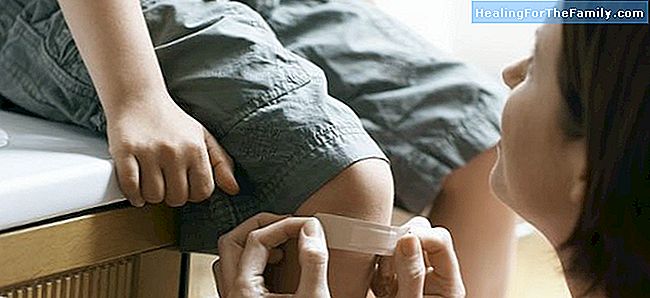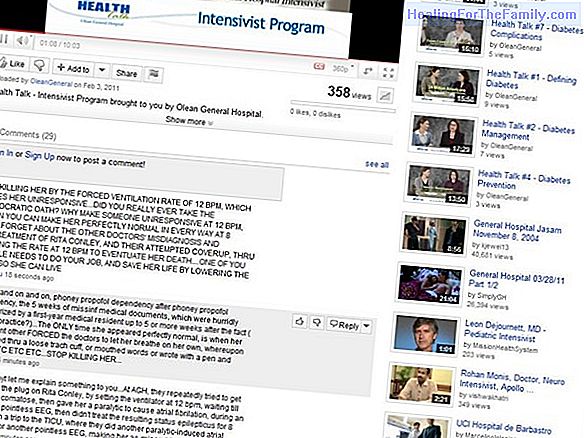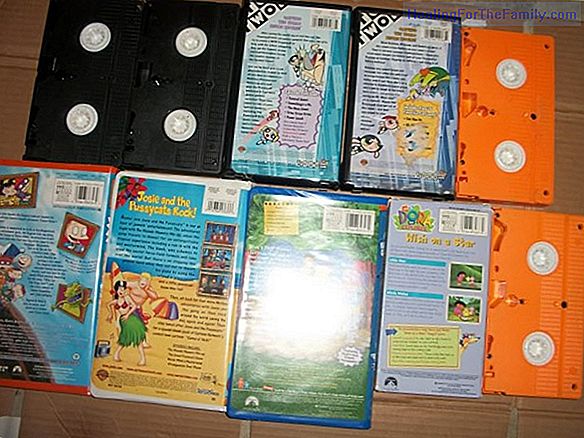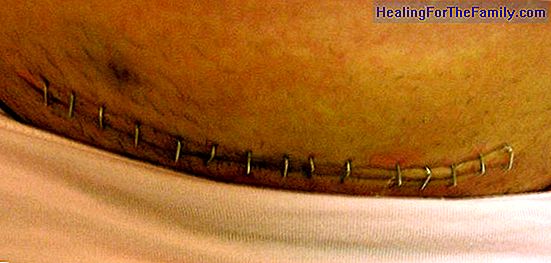How children's wounds are healed step by step
In general, the most common wounds in children are located in their joints, that is, in the elbows, knees, shoulders ... and they occur when children they fall, use some object for which they are not prepared and in other infinite situations. Falls, blows, wounds, are inevitable. The important thing
In general, the most common wounds in children are located in their joints, that is, in the elbows, knees, shoulders ... and they occur when children they fall, use some object for which they are not prepared and in other infinite situations. Falls, blows, wounds, are inevitable. The important thing is to know how to treat them correctly and cure them properly.
How to heal a wound in children

Arms and legs are the parts of the child's body where the wounds are most often seen. I still keep the memory of spectacular falls that I have had in my childhood, thanks to the scars left on my knees. I also think that children fell and hurt themselves much more than today. Our fun was more street. I loved to play in the constructions and every three times I appeared with a bruise or a wound. Today, children stay more at home, watching television or playing video games, for many issues such as comfort, security, etc.
However, there is always the possibility of a wound being made. Also at home. To properly heal a wound, it is necessary:
1.Not to be scared. Much of the reaction that children have is due to the reaction of their parents. It is important for the child to look and feel that his mother or father is in control of the situation.
2.Disinfection. The first thing to do to cure a wound is to disinfect it. The best disinfectant and the most economical is water and soap. Spray water, clean with soap and then rinse and dry the wound. Never use cotton and without sterile gauze.
3.Antiseptic. Apply a disinfectant, an antiseptic to the wound. Well chlorhexidine or povidone iodine. With the chlorhexidine jet, the wound is disinfected, always from the inner edge towards the end so as not to drag any possible dirt or bacteria into the wound.
4.Talk to the child. It is important to explain to the children what we are doing so that they feel complicit in the cure.
5.Protection. If the wound is exposed to friction, it is advisable to cover it, with a specific dressing or a bandage.
6.After the first cure. It is required to repeat the healing process each time the child takes a shower or a bath.
7.Bleeding wound. In the case of the wound blood constantly, with the help of a gauze, a handkerchief or any other clean tissue, you should make direct and gentle pressure on the wound to cut off some of the circulation. Only in case the bleeding continues to bleed, you have to take the child to a medical service.












